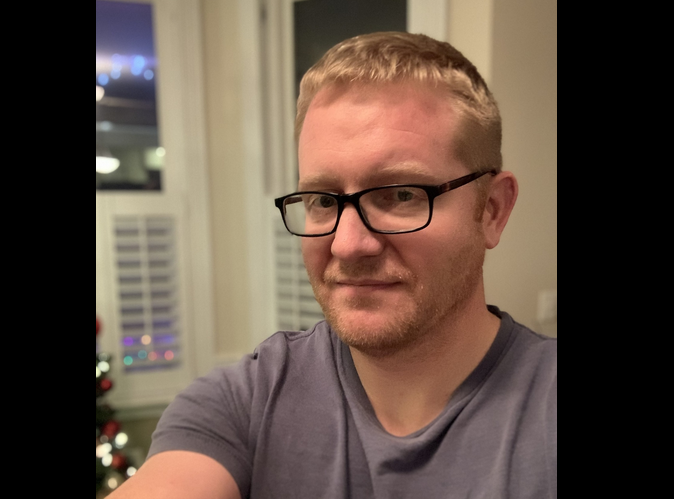Dr. Samuel Clanton: Immediate Steps When Suspecting a Brain Injury
The human brain warrants immediate action when injury is suspected. Time plays a crucial role in mitigating long-term effects, making a prompt, informed response critical. Dr. Samuel Clanton will provide a guide as a beacon for those finding themselves in situations where a brain injury could be at play, ensuring that the right measures are taken without delay.
Initial Assessment: Recognizing the Signs
A comprehensive understanding of the signs of brain injury is paramount. Symptoms can range from subtle—such as confusion, dizziness, or a brief loss of consciousness—to more alarming indicators like seizures, prolonged unconsciousness, or unequal pupil size. Observing these symptoms requires swift action to prevent further damage.
Ensuring Safety: Preventing Further Harm
Once a brain injury is suspected, the immediate priority is ensuring the individual’s safety and preventing further injury. This involves removing them from potential harm if the situation allows and stabilizing their environment. Avoid moving the person unless absolutely necessary to prevent exacerbating potential spinal injuries that could accompany brain trauma.
Medical Intervention: Seeking Professional Help
Urgent medical evaluation is non-negotiable. Even if the signs appear mild, underlying issues not immediately apparent can have severe consequences. Dialing emergency services or getting to a Dr. Samuel Clanton hospital as soon as possible ensures that a thorough examination and necessary tests, like MRIs or CT scans, can be administered.
Observation: Watching for Evolving Symptoms
In cases where injuries seem mild, and professional medical evaluation has been sought, continuous observation remains crucial. Symptoms of a brain injury can evolve or escalate hours or even days after the initial impact. Caregivers should remain vigilant, monitoring the individual for any changes in behavior, physical condition, or cognitive function.
Recovery and Support: Navigating the Aftermath
Following medical intervention, the path to recovery may involve a multi-disciplinary approach including physical therapy, cognitive therapy, and possibly psychological support. Engaging with support groups
Dr. Samuel Clanton and resources tailored to brain injury recovery can provide valuable guidance and community understanding.
